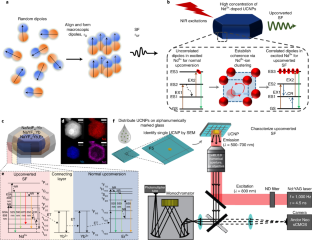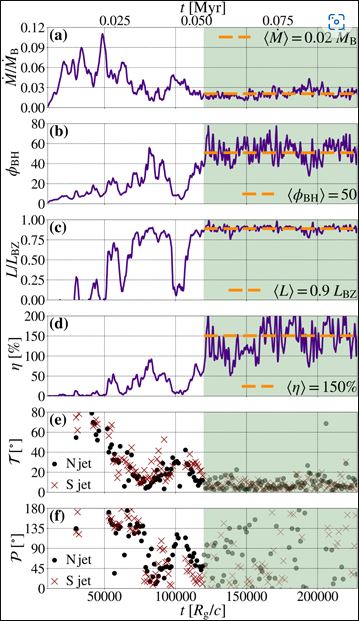ウェアラブルデバイスやその他のフレキシブルエレクトロニクスを埋立地から分離する画期的な方法 Breakthrough could divert wearable devices and other flexible electronics from landfill
2022-08-29 ローレンスバークレー国立研究所(LBNL)

Junpyo Kwon, a Ph.D. student researcher from the Xu Group at UC Berkeley, is shown holding a recyclable, biodegradable printed circuit. The advance could divert wearable devices and other flexible electronics from landfill, and mitigate the health and environmental hazards posed by heavy metal waste.
Credit: Marilyn Sargent/Berkeley Lab
<関連情報>
- https://newscenter.lbl.gov/2022/08/29/biodegradable-printed-circuit/
- https://onlinelibrary.wiley.com/doi/abs/10.1002/adma.202202177
プリンテッドエレクトロニクス向け循環型ライフサイクルを実現する導電性インク Conductive Ink with Circular Life Cycle for Printed Electronics
Junpyo Kwon,Christopher DelRe,Philjun Kang,Aaron Hall,Daniel Arnold,Ivan Jayapurna,Le Ma,Matthew Michalek,Robert O. Ritchie,Ting Xu
Advanced Materials Published: 17 May 2022
DOI:https://doi.org/10.1002/adma.202202177
Abstract
Electronic waste carries energetic costs and an environmental burden rivaling that of plastic waste due to the rarity and toxicity of the heavy-metal components. Recyclable conductive composites are introduced for printed circuits formulated with polycaprolactone (PCL), conductive fillers, and enzyme/protectant nanoclusters. Circuits can be printed with flexibility (breaking strain ≈80%) and conductivity (≈2.1 × 104 S m−1). These composites are degraded at the end of life by immersion in warm water with programmable latency. Approximately 94% of the functional fillers can be recycled and reused with similar device performance. The printed circuits remain functional and degradable after shelf storage for at least 7 months at room temperature and one month of continuous operation under electrical voltage. The present studies provide composite design toward recyclable and easily disposable printed electronics for applications such as wearable electronics, biosensors, and soft robotics.




この進歩により、ウェアラブル機器やその他の柔軟な電子機器を埋立地から切り離し、重金属廃棄物がもたらす健康被害や環境被害を軽減することができる。
生分解性プリント回路は、高価な精製酵素の代わりに、安価で保存可能なBCリパーゼの「カクテル」を使っている。これにより、コストが大幅に削減され、プリント回路の大量生産が容易になる。
研究チームは、市販の3Dプリンターに導電性インクを供給し、硬い生分解性プラスチック、柔軟な生分解性プラスチック、布など、さまざまな表面に回路パターンを印刷した。これにより、インクがさまざまな素材に付着し、乾くと一体化したデバイスが形成されることが証明された。
そこで研究者たちは、プリント回路を湿度や温度が管理されていない実験室の引き出しに7ヵ月間保管し、その保存期間と耐久性を検証した。保管から取り出した回路に1ヵ月間連続的に電圧をかけたところ、保管前と同じように電気が流れることが確認された。
次に、温水に浸してリサイクル性を検証した。銀粒子は高分子バインダーから完全に分離し、高分子は再利用可能なモノマーに分解され、追加の加工なしに金属を簡単に回収することができた。この実験の結果、銀粒子の約94%がリサイクルされ、同様の性能を持つデバイスとして再利用できることが判明した。
この回路の分解性が30日後にも継続した。